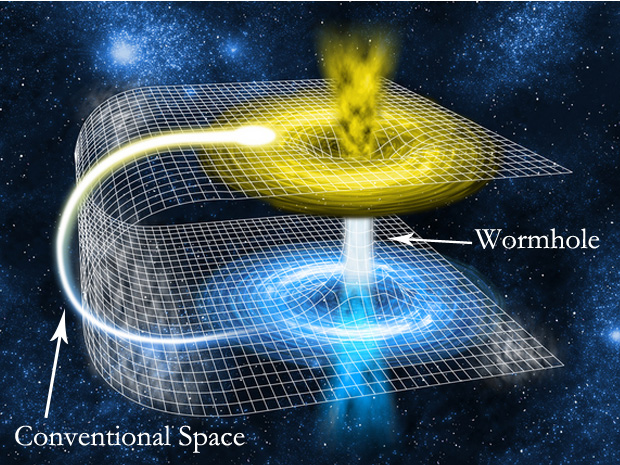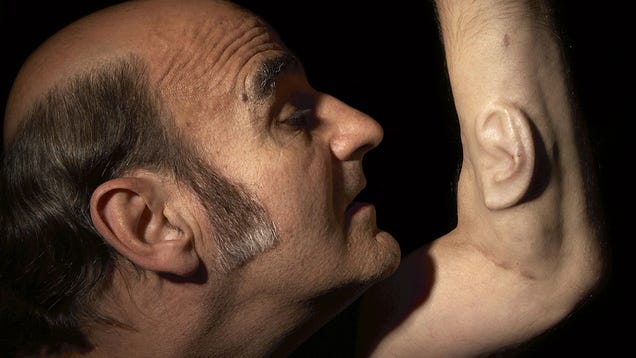As our last
lecture, we discussed about the topic of Space+ Art, which integrates all
subjects of technology, science, math, and art. Professor Vesna stated in her
lecture that she chose this specific topic to finalize our course as it sums up
all previous topics into one definitive lesson.
 |
| "Interstellar" movie dimension science |
In thinking about space, the film “Interstellar”
come up in my mind. Although the movie is a 21st century digestion
of the concept of space and cosmos beyond the earth, the film visualizes the theory
of an entirely different system of the dimension in which was able to be
achieved with the balanced integration of scientific research, mathematical calculations
and artistic creativity.
Another film in which corresponds to
the curiosity to the Space and the technological aspects of the operations in
space is the film “Gravity”, which plays with the space’s concept of gravity. Motion
artists and visual artists are shown, defining, expressing, and fiddling with such
concepts related to space. Space is still a mysterious concept to the general
public, and the subject of Space allows for an opening for artists to exercise
creative imaginations and for scientists to theorize for realistic measures in
order to invent for more discoveries.
 |
| MCA, Art and Architecture Against Gravity |
An exhibit by the Museum of Chicago
Arts has opened in 2012 named “Skyscraper: Art And Architecture Against Gravity”,
which collected a series of artworks by artists who wanted to express the human
desire to build farther into the sky against “gravity”, testing technological
limits “while embodying a
yearning for spiritual connection to the heavens”. The opening of curiosity to the Space world
has opened technological advancement based on the experimental nature of the
Scientists, and has opened an entire new cosmos of mystery and “unknown” to the
artists. Now we wait to see to what our
artists and scientists may achieve in cooperation into Space.
Sources
Gravity. Dir. Alfonso Cuaron. Perf. Sandra Bullock.
Heyday Films/ Warner Bros Studios, 2013. Film.
Interstellar. Dir. Christopher Nolan. Warner Bros. Studios, 2014. Film.
Museum of Chicago Arts.
"SKYSCRAPER: ART AND ARCHITECTURE AGAINST GRAVITY." Past
Exhibitions of MCA. MCA, n.d. Web. 29 May 2016.
Sagan, Carl “A Pale Blue Dot.” A
Pale Blue Dot. N.p.,
n.d. Web. 29 May. 2016. Web. http://www.bigskyastroclub.org/pale_blue_dot.html.
Vesna , Victoria, dir. Space Parts
1-6. 2012. Film. 29 May 2016.
























